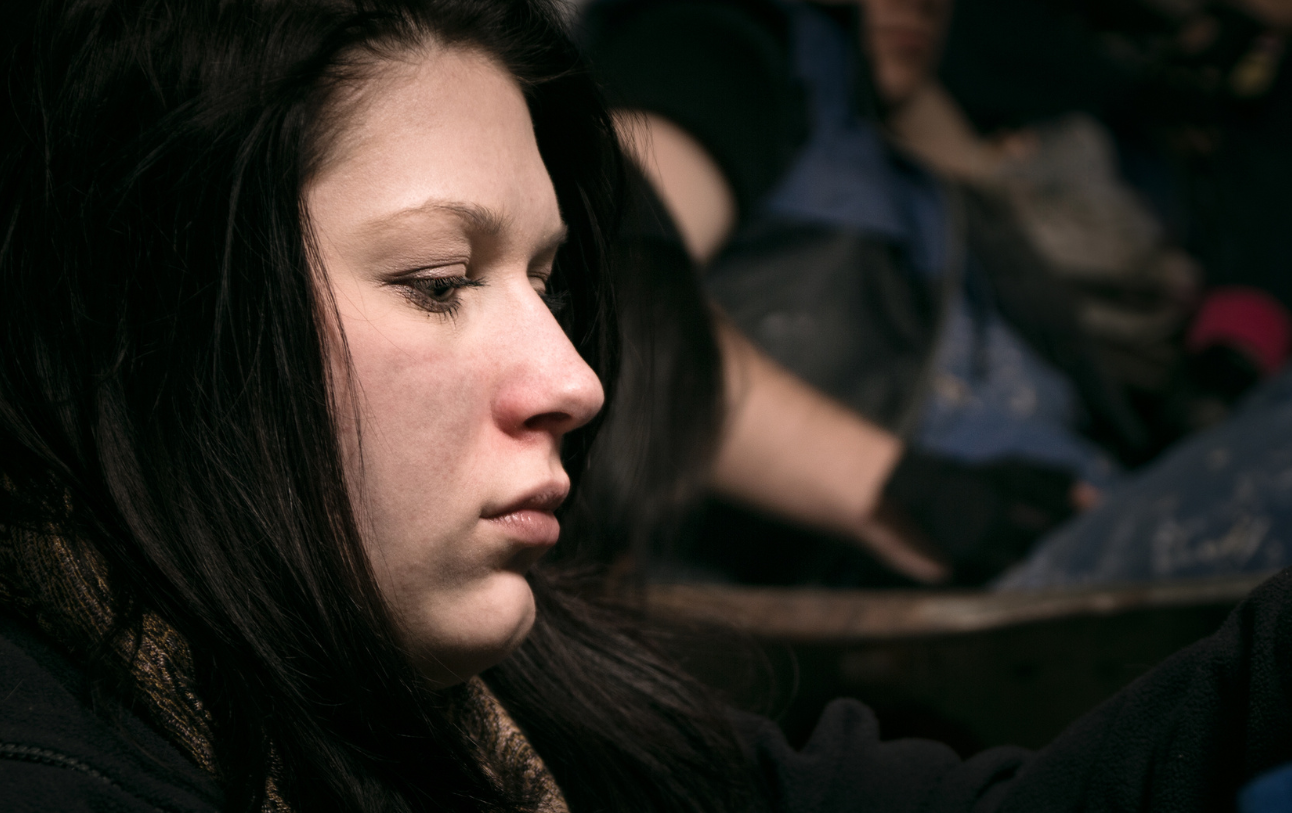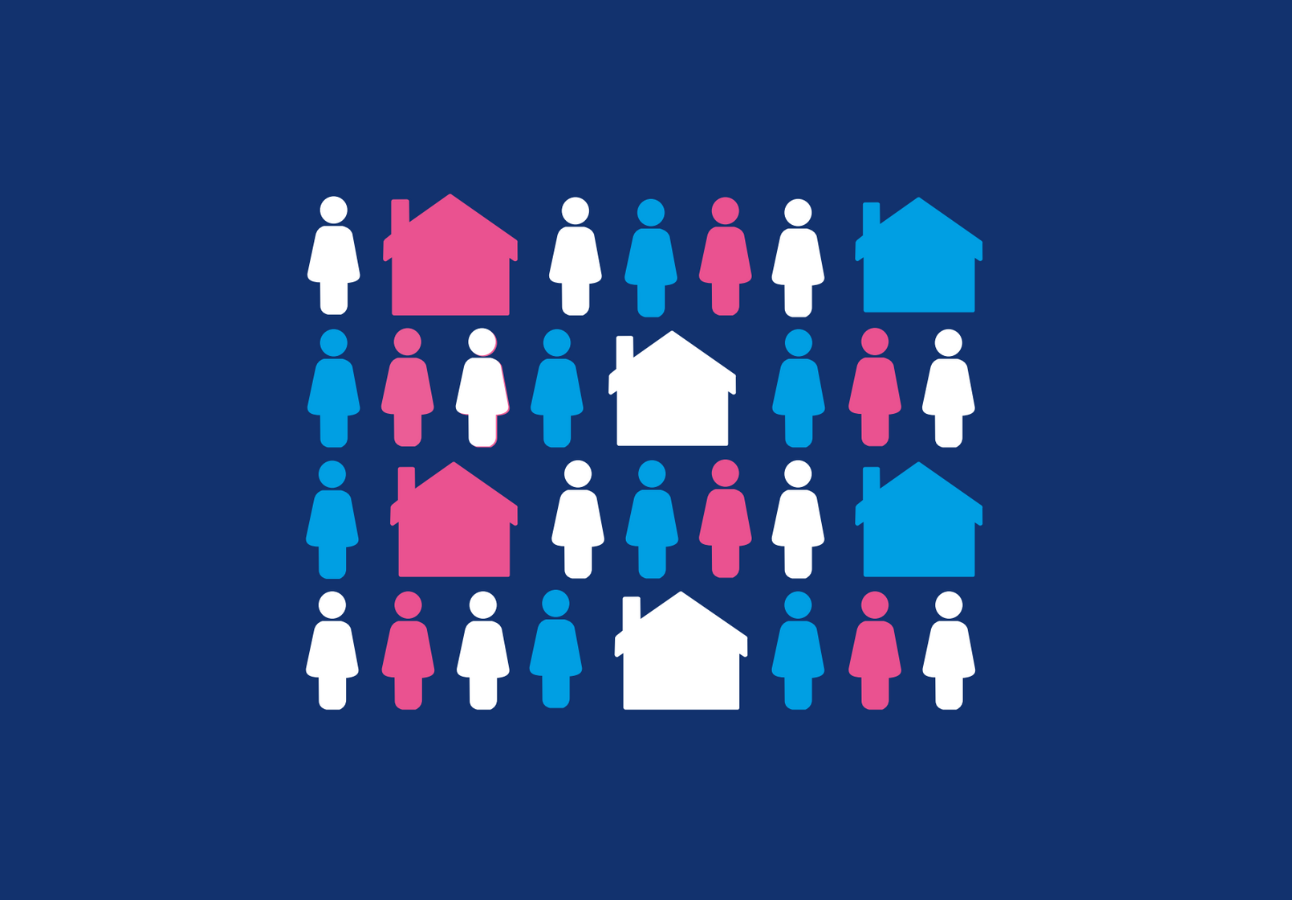This report discusses domestic abuse and its link to homelessness, with a particular focus on survivors of domestic abuse who are chronically homeless. By homeless we do not only mean those who are rough sleeping, but anyone who does not have a safe or secure place to live (see definitions in the report).
The report is part of our Spotlight series which focuses on ‘hidden’ groups of domestic abuse victims and survivors or those with unmet needs, and proposes recommendations for both practitioners and policy makers. It is the fifth report in the series.


